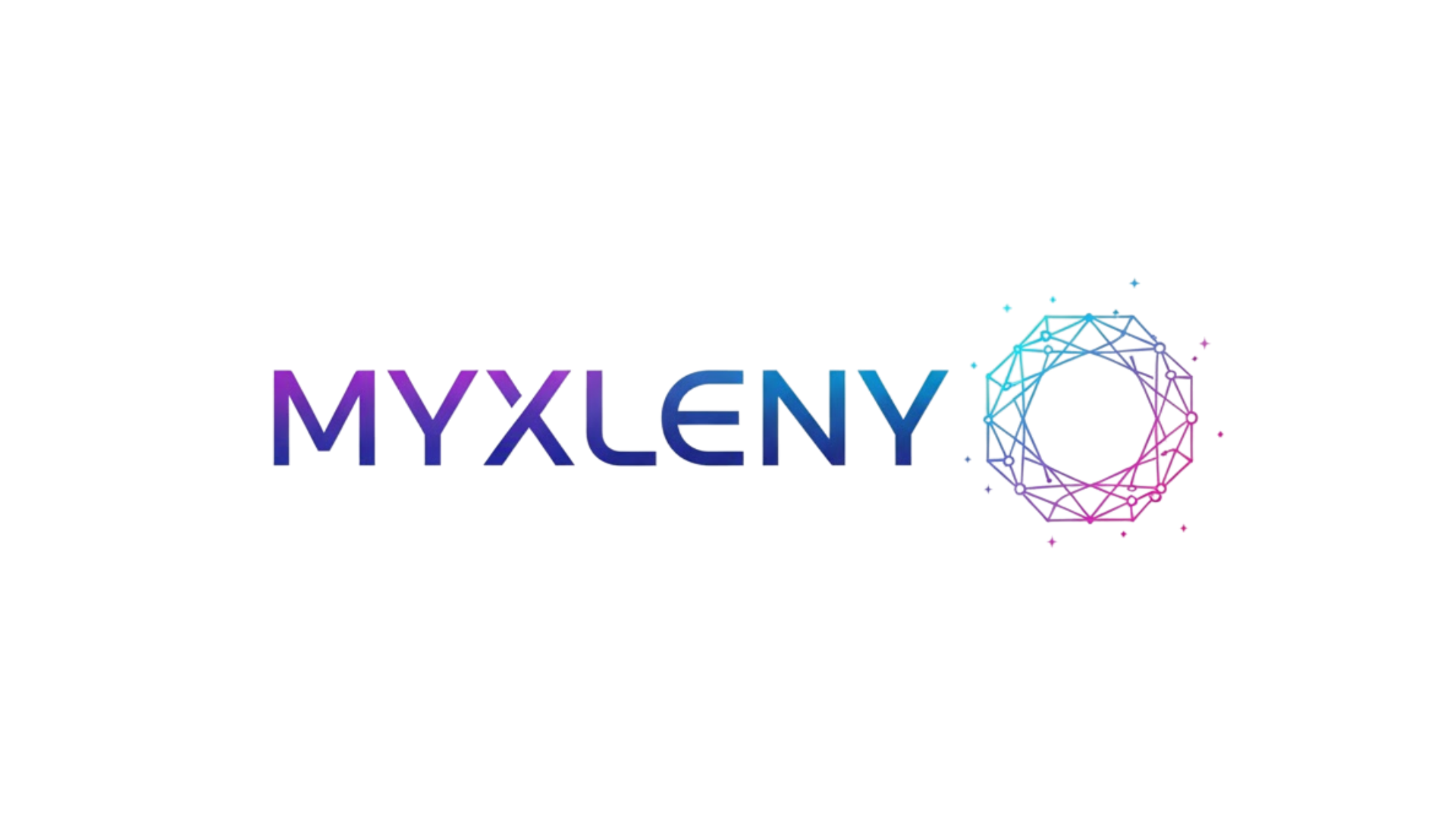The digital revolution has transformed how businesses connect, collaborate, and compete on a global scale, creating unprecedented opportunities for remote ecosystems.
🌐 The Foundation of Digital Business Ecosystems
Remote business ecosystems represent a fundamental shift in how organizations structure their operations, partnerships, and market presence. Unlike traditional business models that relied heavily on physical proximity and local networks, today’s digital-first approach enables companies to build sophisticated networks spanning continents, time zones, and cultures.
The concept of a business ecosystem extends beyond simple supply chains or partner networks. It encompasses an interconnected web of suppliers, distributors, customers, competitors, government agencies, and other stakeholders who collectively create and deliver value. When this ecosystem operates remotely, it requires entirely new frameworks for communication, trust-building, and value exchange.
Technology serves as the backbone of these remote ecosystems, but success depends equally on strategic vision, cultural intelligence, and adaptive management practices. Companies that thrive in this environment understand that building global connections isn’t merely about adopting new tools—it’s about reimagining business relationships for a borderless world.
Breaking Down Geographic Barriers Through Strategic Technology
The technological infrastructure supporting remote business ecosystems has evolved dramatically over the past decade. Cloud computing, artificial intelligence, and advanced communication platforms have made it possible for distributed teams to collaborate as effectively as co-located ones, often with enhanced productivity and innovation.
Video conferencing platforms have become the default meeting rooms for global teams, enabling face-to-face interactions regardless of location. Project management software creates shared workspaces where tasks, timelines, and deliverables remain visible to all stakeholders. Document collaboration tools allow multiple team members to work simultaneously on the same files, eliminating version control issues that once plagued remote work.
However, technology selection must align with specific business needs rather than following trends. Organizations should evaluate tools based on integration capabilities, scalability, security features, and user adoption rates. The most sophisticated platform becomes worthless if team members struggle to use it effectively or if it doesn’t connect seamlessly with existing systems.
Communication Platforms That Power Global Operations
Effective communication forms the lifeline of any remote business ecosystem. Successful organizations typically employ a multi-channel approach, using different platforms for different communication purposes. Instant messaging serves quick questions and informal coordination, while email handles formal documentation and external communications. Video calls facilitate complex discussions requiring nuanced understanding, and asynchronous communication tools accommodate teams working across significant time zone differences.
The key lies in establishing clear protocols about which channels to use for what purposes. Without such guidelines, communication becomes fragmented, important information gets lost, and team members experience notification fatigue from monitoring too many platforms simultaneously.
🤝 Building Trust in Virtual Relationships
Trust represents perhaps the most challenging element to establish in remote business ecosystems. Traditional business relationships often developed through repeated face-to-face interactions, shared meals, and informal conversations that naturally built rapport and confidence. Remote relationships must achieve the same depth of trust through different mechanisms.
Transparency becomes crucial in virtual environments. When team members cannot observe daily activities firsthand, clear communication about progress, challenges, and decisions becomes essential. Regular updates, visible work products, and consistent follow-through on commitments build credibility over time.
Many successful remote organizations implement “virtual watercooler” practices—informal online spaces where team members can interact beyond work tasks. These might include chat channels for shared interests, virtual coffee breaks, or online social events that help team members know each other as people rather than just professional contacts.
Cultural Intelligence as a Competitive Advantage
Global remote ecosystems bring together people from diverse cultural backgrounds, each with different communication styles, work practices, and business expectations. Organizations that develop strong cultural intelligence—the ability to understand and navigate cultural differences—gain significant advantages in building effective international partnerships.
This goes beyond superficial awareness of holidays or customs. True cultural intelligence involves understanding different approaches to hierarchy, decision-making, conflict resolution, and time management. For instance, some cultures prefer direct communication while others value indirect approaches that preserve harmony. Some prioritize individual achievement while others emphasize collective success.
Training programs focused on cultural competence help team members recognize their own cultural assumptions and develop skills for working effectively across differences. This investment pays dividends in smoother collaborations, fewer misunderstandings, and stronger international relationships.
💼 Structuring Remote Work for Maximum Productivity
The structure of work itself requires rethinking in remote business ecosystems. Traditional management approaches based on direct observation and control become impractical and counterproductive. Instead, successful remote organizations shift toward outcome-based management that focuses on results rather than activities.
Clear goal-setting becomes paramount in this model. When managers cannot observe daily work, well-defined objectives, key performance indicators, and deliverables provide the framework for accountability. Regular check-ins focus on progress toward goals rather than monitoring hours worked or tasks completed.
Documentation practices also become more critical in remote settings. Decisions, processes, and institutional knowledge that might be communicated verbally in traditional offices need systematic documentation accessible to all team members. This creates organizational memory that transcends individual team members and accommodates asynchronous work patterns.
Time Zone Management Strategies
Global teams inevitably face the challenge of coordinating across multiple time zones. While this presents obstacles, it also creates opportunities for continuous operations where work progresses around the clock.
Successful strategies include establishing “core hours” when team members across all locations are available for synchronous collaboration, typically requiring some flexibility from everyone. For other work, asynchronous communication methods ensure projects advance without requiring simultaneous availability.
Some organizations adopt a “follow the sun” model where different team members in sequential time zones take responsibility for ongoing projects, enabling continuous progress. Others designate specific team members to work non-standard hours, often with premium compensation, ensuring overlap with critical time zones.
🔒 Security and Compliance in Distributed Networks
Remote business ecosystems create complex security challenges that extend beyond traditional network perimeters. With team members, partners, and systems distributed globally, organizations must implement robust security frameworks that protect sensitive data and systems while maintaining accessibility for legitimate users.
Multi-factor authentication, encrypted communications, and zero-trust security models have become standard practices for remote operations. Virtual private networks (VPNs) create secure connections between remote workers and company systems. Regular security training helps team members recognize phishing attempts and other social engineering tactics that target distributed workforces.
Compliance requirements add another layer of complexity, particularly when operating across multiple jurisdictions with different regulatory frameworks. Data privacy regulations like GDPR in Europe, CCPA in California, and various national data protection laws require careful navigation. Organizations need clear policies about data handling, storage locations, and cross-border transfers that satisfy all applicable regulations.
Intellectual Property Protection Across Borders
Protecting intellectual property becomes more challenging when development teams, contractors, and partners operate from multiple countries with varying IP laws and enforcement mechanisms. Comprehensive agreements clearly defining IP ownership, usage rights, and confidentiality obligations are essential for all partnerships and employment relationships.
Some organizations implement technical controls that limit access to sensitive information based on role and location. Others use watermarking, tracking technologies, or restricted development environments that prevent unauthorized copying or distribution of proprietary materials.
📊 Measuring Success in Remote Ecosystems
Traditional business metrics often prove inadequate for assessing remote ecosystem performance. While financial indicators remain important, they don’t capture the full picture of ecosystem health and effectiveness. Successful organizations develop comprehensive measurement frameworks that evaluate multiple dimensions of performance.
Collaboration quality metrics assess how effectively teams work together across distances. These might include response times to communications, meeting participation rates, or surveys measuring team cohesion and communication satisfaction. Innovation metrics track the generation and implementation of new ideas, reflecting the ecosystem’s creative capacity.
Partnership strength indicators evaluate the health of external relationships within the ecosystem. These could include joint project success rates, partner satisfaction scores, or the growth of collaborative initiatives over time. Customer experience metrics ensure that ecosystem efficiency translates into value for end users.
Key Performance Indicators for Distributed Teams
Effective KPIs for remote ecosystems balance productivity measures with wellness indicators. While tracking project completion rates, quality metrics, and business outcomes remains important, successful organizations also monitor team member engagement, burnout indicators, and work-life balance metrics.
Regular pulse surveys capture team sentiment and identify issues before they become critical problems. Turnover rates and retention statistics reveal whether the remote work model sustainably supports team members. Professional development metrics ensure that distributed team members receive growth opportunities comparable to traditional employees.
🚀 Scaling Remote Ecosystems Sustainably
Growth introduces new challenges for remote business ecosystems. What works for a team of twenty may break down with two hundred. Successful scaling requires intentional design of systems, processes, and culture that maintain effectiveness as the ecosystem expands.
Organizational structure often needs evolution as remote teams grow. Flat structures that work well for small teams may require more hierarchy for larger groups to maintain coordination and decision-making efficiency. However, this hierarchy should facilitate rather than impede communication and collaboration.
Onboarding processes become increasingly important as ecosystems scale. New team members need systematic introduction to tools, processes, culture, and relationships. Buddy systems pairing newcomers with experienced team members help accelerate integration into remote work environments where informal learning opportunities are less common.
Automation and AI in Ecosystem Management
As remote ecosystems grow more complex, automation and artificial intelligence become valuable for managing routine tasks and extracting insights from growing data volumes. Automated workflow systems route tasks to appropriate team members, track progress, and flag issues requiring attention. AI-powered analytics identify patterns in ecosystem performance, predicting potential problems and suggesting optimization opportunities.
Chatbots and virtual assistants handle routine questions about policies, procedures, and resources, freeing human team members for higher-value interactions. Machine learning algorithms can optimize meeting scheduling across time zones, suggest relevant connections between team members with complementary skills, or identify knowledge gaps in documentation.
🌟 Future-Proofing Your Remote Business Ecosystem
The landscape of remote work and digital business continues evolving rapidly. Organizations that succeed long-term build adaptability into their ecosystem foundations, preparing for technological advances, shifting market conditions, and emerging work models.
Continuous learning cultures ensure that teams stay current with new tools, practices, and industry developments. Regular ecosystem assessments identify areas needing improvement or adaptation. Pilot programs test new approaches on limited scales before broader implementation, reducing risk while encouraging innovation.
Diverse ecosystems prove more resilient than homogeneous ones. By incorporating partners, team members, and perspectives from various backgrounds, industries, and regions, organizations build ecosystems capable of responding flexibly to different challenges and opportunities. This diversity also drives innovation by bringing together varied viewpoints and experiences.
Transforming Challenges into Strategic Advantages
The most successful remote business ecosystems don’t merely overcome the challenges of distance and distribution—they transform these apparent limitations into strategic advantages. Geographic distribution provides access to diverse talent pools unconstrained by local availability. Time zone differences enable continuous operations. Cultural diversity sparks innovation through varied perspectives.
This transformation requires deliberate strategy and consistent execution. Leaders must articulate clear visions for how remote operations create value beyond cost savings. Investments in technology, training, and culture-building communicate organizational commitment to remote excellence. Regular celebration of remote work successes reinforces positive narratives and builds momentum.
Organizations that view remote ecosystems as strategic assets rather than necessary accommodations position themselves for long-term success in an increasingly digital, global economy. They attract top talent regardless of location, access global markets with local insights, and build organizational resilience through distributed operations.

Creating Lasting Value Through Global Connectivity
Building successful remote business ecosystems ultimately centers on creating lasting value for all participants—employees, partners, customers, and communities. Technology enables these connections, but human relationships, shared purpose, and mutual benefit sustain them.
The most effective ecosystems balance efficiency with humanity, recognizing that productivity and profitability depend on engaged, supported team members. They create space for creativity and innovation while maintaining structure and accountability. They embrace cultural differences as strengths while building shared values and goals that unite diverse participants.
As digital transformation accelerates and remote work becomes increasingly normal, the competitive advantage will belong to organizations that master the art and science of building global business ecosystems. These leaders will shape the future of work, demonstrating that geographic boundaries need not limit ambition, collaboration, or success.
The journey toward remote ecosystem excellence requires patience, investment, and continuous improvement. Challenges will emerge, mistakes will happen, and adjustments will prove necessary. However, organizations that commit to this path gain access to unprecedented opportunities for growth, innovation, and impact in the digital age. The question is no longer whether to build remote business ecosystems, but how to build them exceptionally well.
Toni Santos is a future-of-work researcher and social innovation writer exploring how technology, culture, and global mobility are redefining what it means to work and thrive in the 21st century. Through his studies on automation, digital nomadism, and workforce transformation, Toni examines the balance between progress, adaptability, and human purpose in a rapidly changing world. Passionate about remote collaboration systems and digital inclusion, Toni focuses on how emerging tools and global connectivity empower individuals to build meaningful, flexible, and resilient careers. His work highlights how automation and new work models can coexist with creativity, empathy, and social value. Blending sociology, economics, and digital strategy, Toni writes about the human side of innovation — helping readers understand not only where work is heading, but how to align with its transformation responsibly and purposefully. His work is a tribute to: The evolving relationship between automation and human employment The rise of global, location-independent lifestyles The power of resilience and adaptability in the modern workforce Whether you are a freelancer, remote leader, or curious observer of the new economy, Toni Santos invites you to explore the future of work — one idea, one connection, one transformation at a time.




